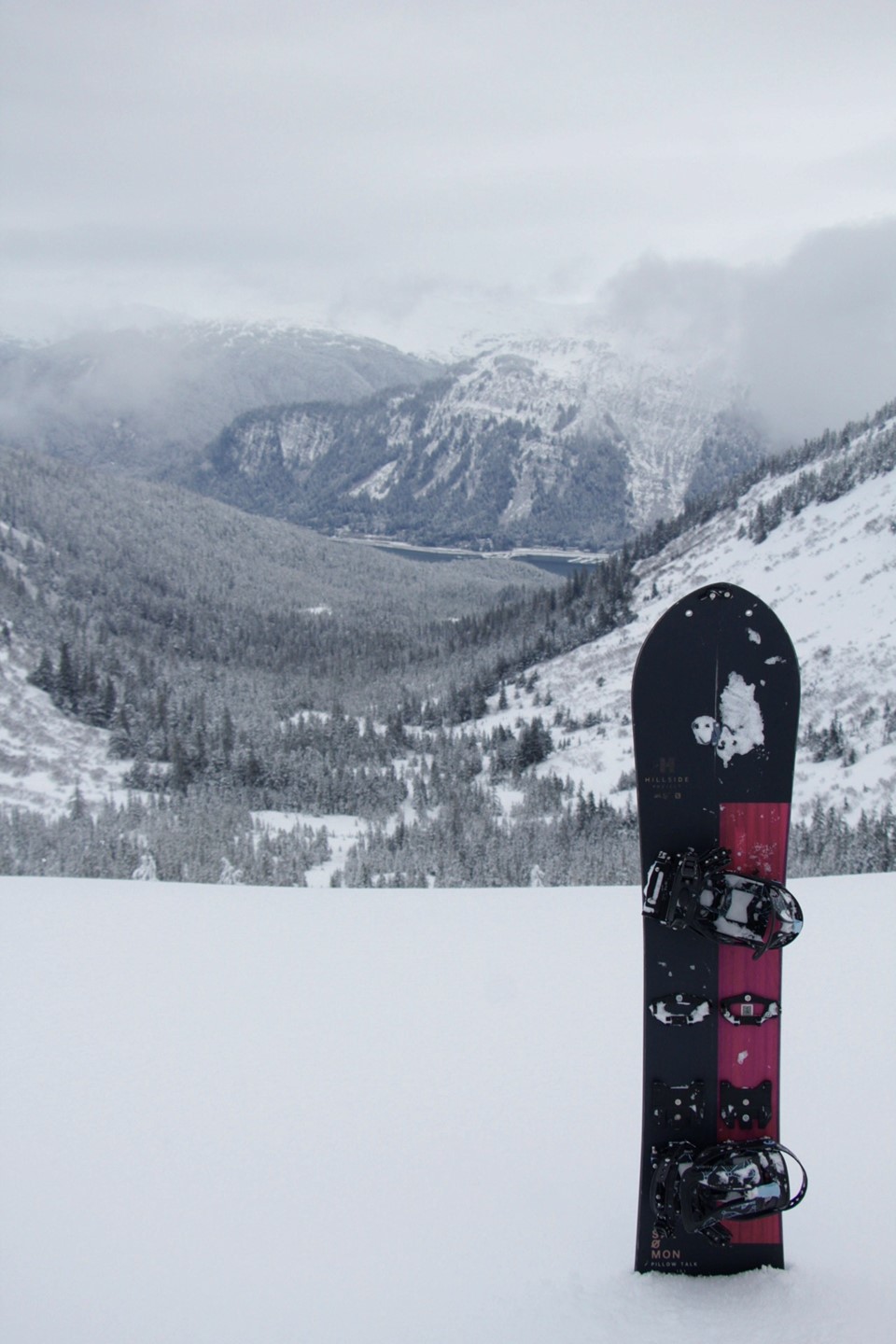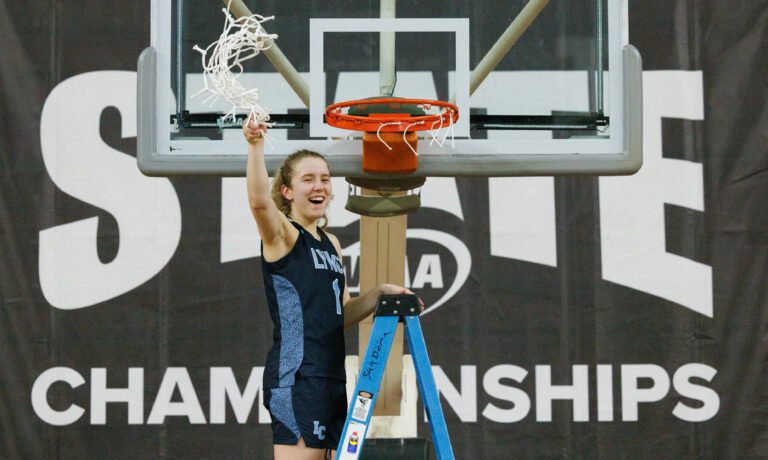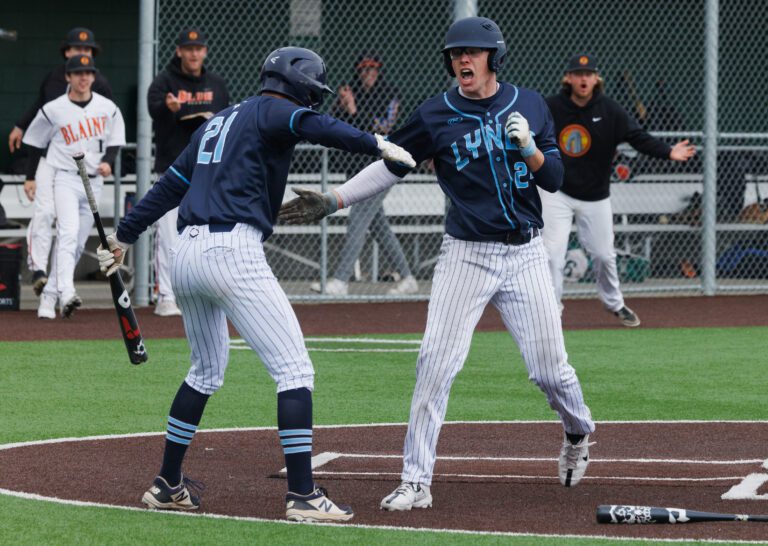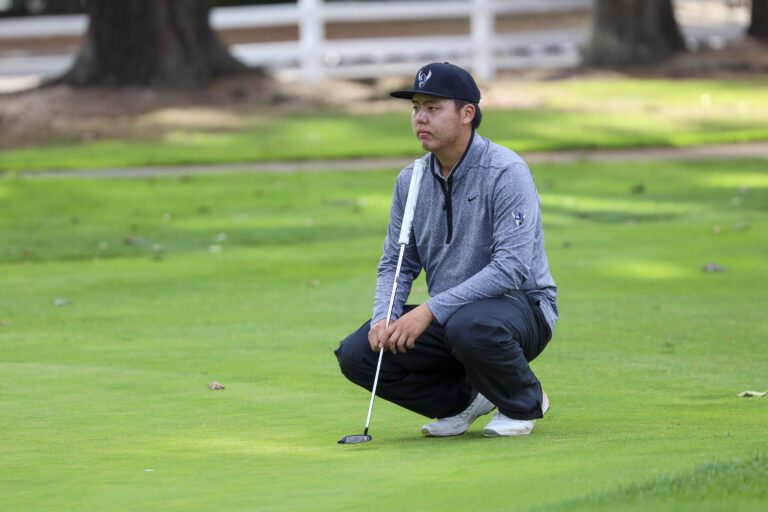JUNEAU, Alaska — A billowing Alaskan breeze bites my cheek and reminds me I am alive. I force open my eyes and the onlooking mountains lay still, unbothered by my state of panic. Above me a screeching, “Are you OK?” echoes down the walls of the narrow mountain gully. Unsure, my eyes flicker down to my snowboard, which is teetering on a penny-sized chunk of ice, my lifeline on this 45-degree mountain slope.
I learned to snowboard at Mount Baker when I was 15. No one gave me a lesson or introduced me to the bunny hill, instead I learned how to “keep up.” My friends flew down the mountain, carving deep into their turns and flying off cliffs while I flopped my way down behind them, trying my best not to be left behind.
Survival boarding quickly turned into soul boarding. I fell in love with the deep turn that shoots out a pocket of snow engulfing me in a moment of glistening white. I dream about the weightless feeling of dropping into a pitch of untouched powder, and I constantly crave the quiet wave that baptizes my often-anxious mind as I make my first turn. Snowboarding became my personal form of therapy.
I decided to turn my passion into my career upon the move up to Alaska. As a rookie ski patroller at Eaglecrest near Juneau, snowboarding has taken a new role in my life. Where I used to spend powder days frothing in chairlift lines awaiting the mountain to open, I now throw bombs and ski-cut steep slopes, attempting to release avalanches. Sunny days used to mean carefree turns, but now they mean responding to a multitude of accidents and conducting late-night backcountry rescue missions.
I have been left with the question: What happens when your once stress reliever becomes the stressor?
As I sit here, on the mountain face of sheer ice, I try to reevaluate the situation I am in. It rained for two days straight and then temperatures immediately dropped below freezing. The once-powdery slope now resembles a tilted ice-skating rink. The whole west side of the ski area is closed to the public due to these unsafe conditions, yet I was sent out with another patroller to inspect wind effects on boundary signs that sit atop the upper west side ridge.
To be clear: No one told us we had to snowboard down the ridge post-inspection, but my coworker felt confident in the descent, so I agreed. I felt that “I have to keep up” mentality that taught me how to snowboard creep up, but I brushed it out of my mind as I peered over the edge.
The west ridge has the most difficult terrain in the ski area; you can only access it by hiking through the entry gate located above the highest chairlift. With mostly avalanche terrain, cliffs, rock faces, narrow chutes and gullies, it (usually) is paradise.
I drop onto the face first, and immediately I know I am in trouble. I try to slow myself down and boom! The edge of my snowboard skids out from under me on my second turn. I slide out onto my back and start gaining speed. My stomach sinks. About 500 feet below me is a steep rollover into the abyss. I punch my fists and kick my board into the thick ice to try to break through, but my hands just throb in pain and my board bounces off the mountain’s surface, and I only gain speed. For the first time in years of snowboarding, I am frozen in fear. I close my eyes and grind my board into the ice below me, bracing for what is to come. Then suddenly, I stop.
That little chunk of ice may have saved my life, or at least saved me from breaking a limb. The steep rollover sits just below me with a tree flagging the top of it. I position myself just above the tree and slide into it. Grabbing onto the rough trunk as an anchor, I remove my rescue rope from my patrol backpack and rig a rappel system from the tree. I lower myself, still attached to my snowboard, precariously down the cliff, tears blurring my vision.
Even with the hardships, I really do enjoy patrolling. I feel mystified by the feeling of an avalanche sliding out from below my snowboard. I feel fulfilled by loading a patient into the back of an ambulance knowing they will be OK. I’m constantly challenged by all the uncertainty the job entails.
But I do miss soul boarding.
A couple days after my icy close call, I watched the last of the daylight fade into the night from the ski area lodge, as my partner, Brady, pulled into the parking lot. I clocked out and, still in the gear that I put on before sunrise that morning, joined him as we started our hike up the dark mountainside.
Arriving at the summit, we switched our headlamps off. The clouds split overhead and the Milky Way saturated the sky, lighting up the endless peaks around us. We split a cheese stick, giggling with utter excitement. I dropped in first; the snow welcomed me with a soft “swoosh” of my board sinking into the deep powder. My heart fluttered as I took my first turn and kicked up a face shot of snow. I could hear Brady yelping, thrilled behind me. This time, tears of pure joy filled my eyes as we flew down the mountain together, carving our lines into the snow.
Patrolling has already taught me both hard skills and life lessons. I’ve learned there is no room for ego in the mountains, and it’s OK to speak up when uncomfortable, or voice when I can’t “keep up.” I’ve learned about snow science, rescue techniques and medical procedures. Most importantly, I am learning about balance.
Whether it’s the kind that saves you from going over the edge, or just living in your snowboard boots from 7 a.m. until 10 p.m., it matters.
CDN Outdoors lifestyle columnist Kayla Heidenreich writes monthly, presently from Juneau, Alaska; heidenreichmk@gmail.com.




